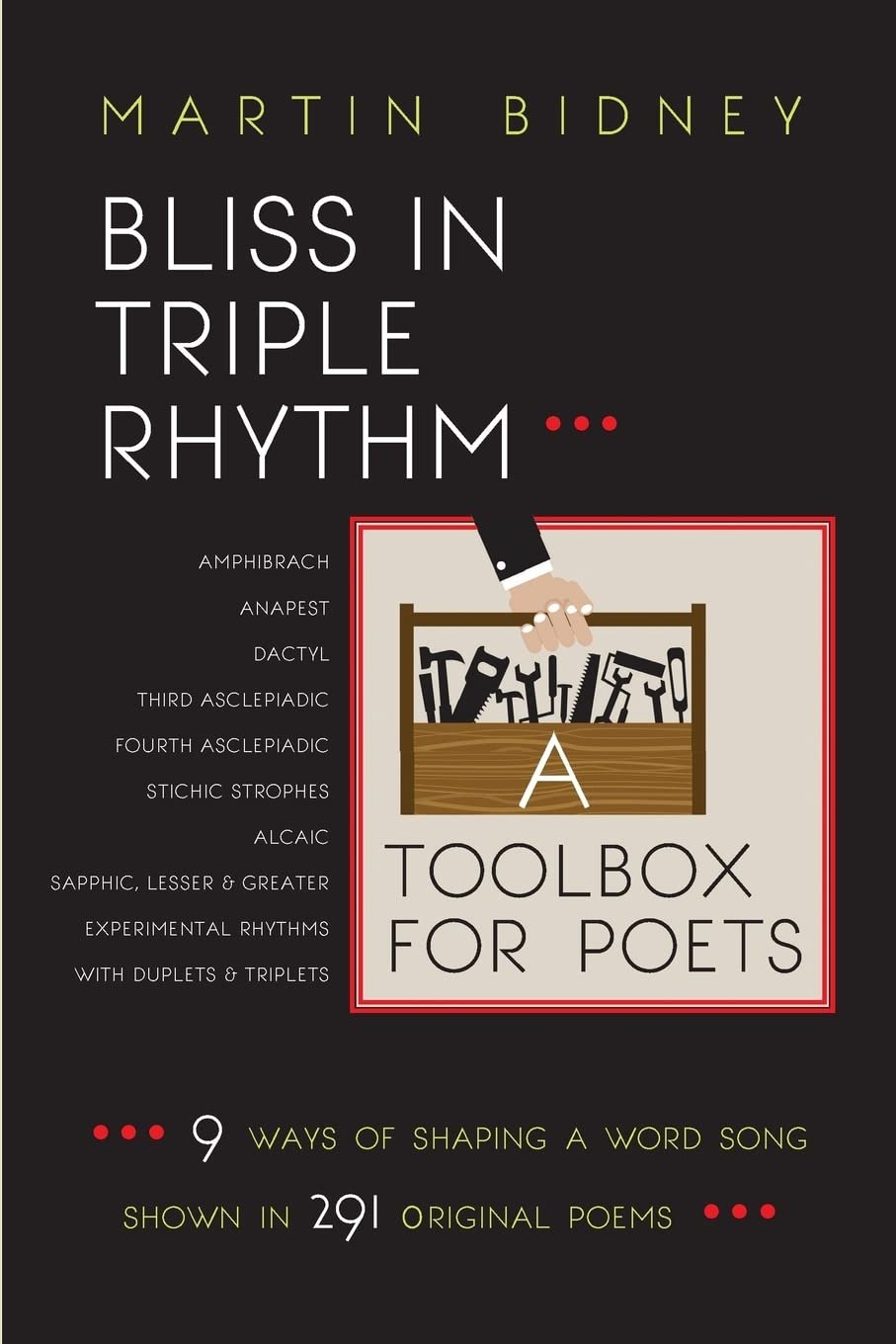
07 Aug Harmonizing Creativity: Navigating “Bliss in Triple Rhythm” for Poetic Mastery
Finding Musicality in Words: A Journey Through Bliss in Triple Rhythm by Martin Bidney
When I first stumbled upon Bliss in Triple Rhythm–A Toolbox for Poets: Nine Ways to Shape A Word Song, I couldn’t help but feel a sense of excitement ripple through me. Martin Bidney’s name was one I recognized, and the notion of exploring poetry through the lens of triple rhythms felt like unearthing hidden gems in a treasure chest of language. As an avid poetry enthusiast, the idea of revitalizing ancient stanza forms made my heart flutter with anticipation.
In Bliss in Triple Rhythm, Bidney walks us through the intricacies of poetic structures that often lie dormant in contemporary writing. His enthusiasm is palpable from the outset. The introductory poem sets the stage with a melodic invitation into the world of triple meter—think of it as a gentle nudge, beckoning us to listen more closely to the cadence of our own blood, as he so beautifully describes. As I flipped through the pages, I discovered a treasure trove of 300 original poems that not only exemplify these rhythmic patterns but also resonate deeply with the human experience.
What struck me most in reading Bidney’s work was his ability to weave the elements of life—be it the mundane or the profound—into a lyrical tapestry that held my attention. From the sensate to the philosophical, each poem felt like a distinct note in a symphony, drawing me in with a richness that was both introspective and celebratory. The exploration of human connection, existential musings, and the comedic aspects of life emerged with a freshness that was refreshing in today’s often fragmented poetic landscape.
Bidney’s distinctive writing style is both playful and thought-provoking. His pacing, like the rhythm he encourages us to embrace, ebbed and flowed in a manner that made me want to read aloud—an experience I can attest is truly rewarding. One standout line that lingers in my mind is when he suggests that poetry can be the “song of the inner ocean,” a metaphor that beautifully encapsulates the profound connection between our biological essence and the lyrical qualities we often overlook in writing.
The engaging testimonials from readers underscore the book’s power of rekindling a love for structured poetry, reminding us why the ancient metrical feet have merit even today. Laurence S. Lockridge’s review resonated with me deeply; he deftly articulates how Bidney’s versatile compositions leave us grappling with elemental questions of life. The rhythm within these poems not only asserts a musicality that delights our ears but also invites a contemplative stillness that nurtures a lasting peace.
As I closed the book, I found myself reflecting on the vitality of poetic forms that too often remain neglected. Bliss in Triple Rhythm is a call for poets, both seasoned and budding, to break free from the confines of free verse and embrace the lush complexity that structured poetry provides. If you are a poet looking for inspiration, a lover of words, or simply someone who appreciates the dance of language, this book is a generous offering that invites you into the world of rhythm, melody, and emotion.
In a time when poetry can sometimes feel like an elusive art form, Martin Bidney’s Bliss in Triple Rhythm offers a refreshing reminder of its enduring beauty and relevance. If you, like me, yearn to dive deeper into the musicality of words, this collection isn’t just a toolbox; it’s a heartfelt celebration of what poetry can truly be.









